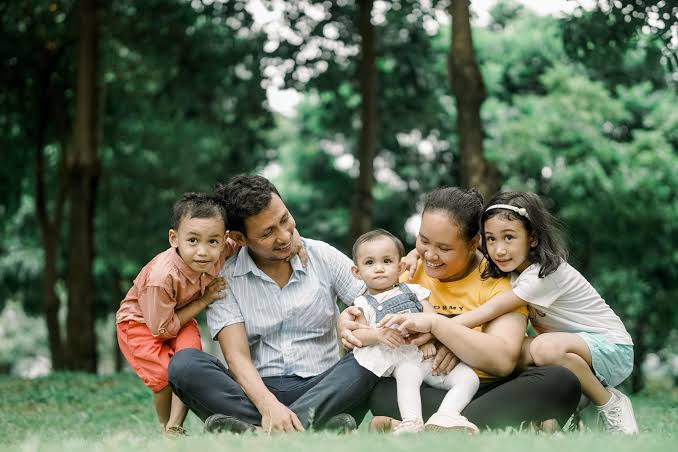Family reunification remains a cornerstone of Canada’s immigration policy. Through the family sponsorship process, Canadian citizens and permanent residents can bring close relatives to live with them in Canada as permanent residents. The process is designed to prioritize the unity of families while ensuring that newcomers are well-supported upon arrival.
The most common relationships eligible under the family sponsorship program include spouses or common-law partners, dependent children, parents, and grandparents. In some cases, siblings, nieces, nephews, or grandchildren may also be eligible, particularly if they are orphaned or do not have surviving parents. To begin the process, the sponsor must meet eligibility requirements such as being at least 18 years old, residing in Canada (or planning to do so upon the family member’s arrival), and demonstrating the financial ability to support the sponsored person.
Sponsorship is not a short-term commitment. It comes with legal obligations, including a formal promise to financially support the sponsored relative for a specified period, regardless of any changes in personal circumstances or relationship status. This ensures that sponsored individuals do not require social assistance and have the resources to establish themselves successfully in Canada.
Steps Involved in the Sponsorship Application
The sponsorship process typically begins with two separate applications submitted together: the sponsorship application and the permanent residence application of the family member. The first step involves the sponsor proving their eligibility by providing income tax documents, proof of status in Canada, and a formal sponsorship agreement.
Once the sponsorship portion is approved, Immigration, Refugees and Citizenship Canada (IRCC) begins reviewing the sponsored family member’s application for permanent residence. This part includes background checks, medical examinations, and assessment of admissibility. The sponsored person must demonstrate that they meet the criteria for entry into Canada, including health and security standards.
In 2025, the IRCC has implemented an upgraded digital portal that allows for real-time status updates, document uploads, and communication. This has reduced the processing time in many categories, especially for spousal sponsorships and dependent children, where the government has prioritized quicker family reunification. Spousal applications filed from within Canada, known as inland applications, allow the applicant to remain in the country and apply for a work permit while waiting for the final decision.
It’s important to ensure that all forms are accurately completed and that every supporting document is included. Even minor mistakes can delay processing or result in refusal. Many sponsors opt to work with certified immigration consultants or lawyers to avoid such pitfalls.
Financial and Legal Responsibilities of the Sponsor
When sponsoring a relative, the financial undertaking is more than just symbolic. Sponsors are legally responsible for providing financial support to their sponsored family member for a set duration. For a spouse or partner, this period is three years; for parents and grandparents, it is twenty years; and for dependent children, it depends on their age at the time of application.
The obligation begins the moment the sponsored person becomes a permanent resident, and it continues regardless of changes in employment, marital status, or personal finances. If the sponsored individual receives government social assistance during this time, the sponsor may be required to repay those funds.
In the case of parents and grandparents, sponsors must also meet a minimum income requirement, usually calculated over the previous three tax years. This requirement ensures that the sponsor can adequately support their relatives without additional burden to public services.
Meeting these obligations is crucial—not just for the integrity of the process, but also for any future applications the sponsor may wish to file. Failing to fulfill sponsorship responsibilities can lead to ineligibility for future sponsorships and potential legal consequences.
Special Categories and Alternatives
While spousal, child, and parent sponsorships are the most common, Canada also provides other pathways for more complex or exceptional family situations. The “lonely Canadian” policy, for instance, allows individuals without immediate family members in Canada to sponsor one extended family member such as a sibling or cousin, provided specific conditions are met.
For those who do not meet the income threshold for sponsoring parents or grandparents, the Super Visa offers a temporary solution. This visa permits parents and grandparents to stay in Canada for up to five years per visit and is valid for ten years. Although it doesn’t offer permanent residency, it enables extended family visits with fewer restrictions.
Humanitarian and compassionate grounds can also be invoked in rare cases where the standard sponsorship process does not apply, especially if the situation involves vulnerable individuals, refugees, or cases of hardship. These are reviewed case-by-case and require strong supporting evidence and justification.
Understanding these alternatives is important for families navigating complex dynamics or facing barriers to traditional sponsorship.
Processing Times and Government Priorities
In 2025, the Canadian government continues to prioritize family reunification by improving processing times and modernizing the application infrastructure. Spousal sponsorships submitted outside Canada are now being processed within an average of eight to ten months, while inland applications can take a bit longer, especially if interviews or additional documentation are required.
Parent and grandparent sponsorships operate on a lottery-based invitation system. Applicants must submit an Interest to Sponsor form during a specific intake period, after which the government randomly selects sponsors to apply. While this system has faced criticism for its unpredictability, it remains in place with adjustments to increase transparency and access.
The IRCC has also expanded language support and culturally sensitive services to help immigrants complete the process more confidently and independently. New AI-powered application screening tools have been deployed in 2025 to flag missing information early, which reduces processing delays and increases the approval rate for complete submissions.
These improvements reflect the government’s ongoing effort to keep families together and make the sponsorship journey smoother and more accessible.
Conclusion
The process of sponsoring a family member for immigration to Canada is a deeply meaningful and often emotional journey. While it involves significant legal, financial, and administrative commitments, it ultimately serves a vital purpose—keeping loved ones together in a safe and prosperous environment.
From streamlined applications and real-time status tracking to legal protections and long-term residency benefits, family sponsorship reflects Canada’s human-centered immigration approach. For many immigrants, reuniting with family members is the final piece in building a stable, fulfilling life in a new country.
In 2025 and beyond, Canada’s emphasis on family reunification ensures that its immigration system remains compassionate, balanced, and inclusive.



